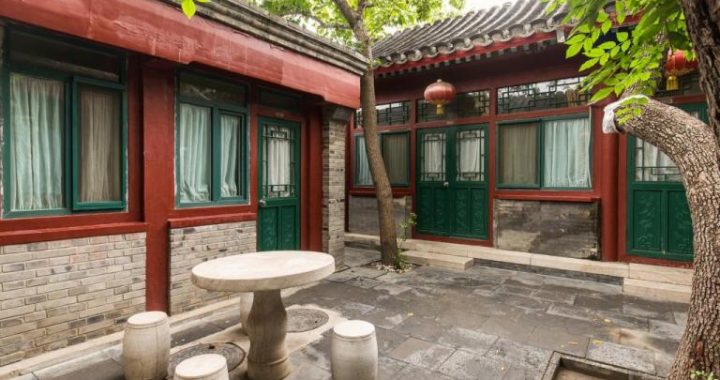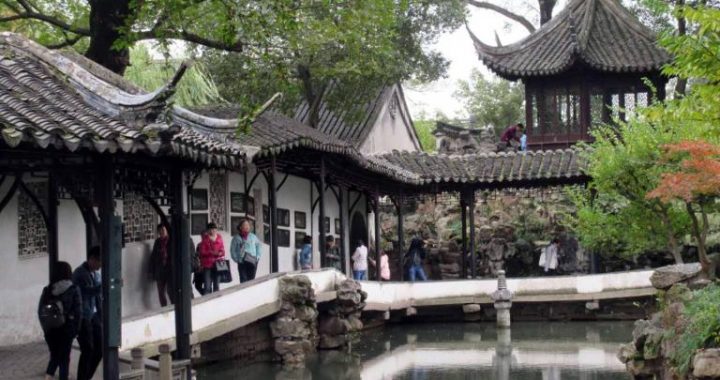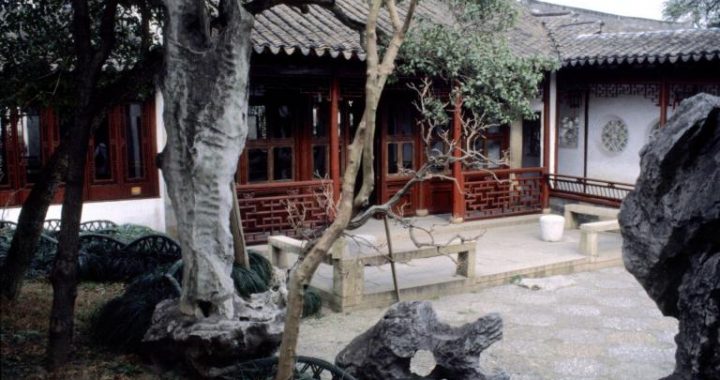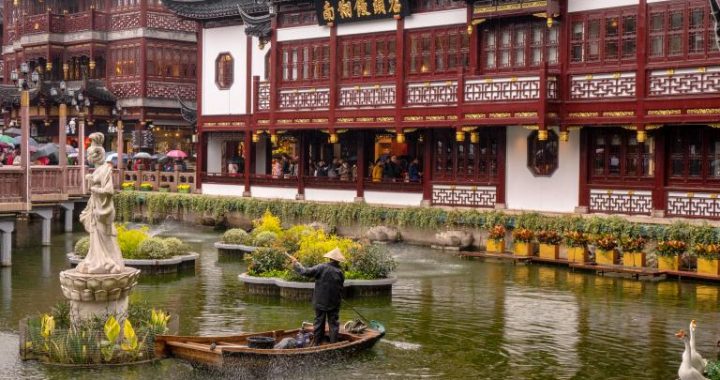Temples of Gods
2 min readAncient Chinese mainly believed in Confucianism, Buddhism and Taoism. As the saying goes, they “ruled the country with Confucianism, cultivated mind with Buddhism and preserved health with Taoism.”Besides, Islamism, Christianity and Catholicism coexisted with them.

Because the Confucian school became the national school of thought, Confucian temples were set up in the early Tang Dynasty to carry forward Confucius’ achievements in setting up schools. Apart from the Confucius temple in the capital, all provinces, prefectures and counties must establish Confucius temples as places for worshipping Confucius and learning rites.
Meanwhile, Confucius temples were also official schools and centers of education and rites.
After Buddhism spread to China from India along the silk road of cultural exchange between China and the West, it was followed by ordinary people and received attention and support from rulers. Buddhist architecture continued in China for 18 centuries without interruption, and became one of the main architectural types in Chinese feudal society. The main architectural forms include Buddhist temples, pagodas and grottoes.
Taoism, China’s indigenous religion, originated from folk witchery and art of seeking immortality. Most of the Taoist buildings built in the past more than 2,000 years were in mountains. Taoism is a polytheistic religion.”Laozi is the founder, Sakyamuni is the originator and Confucius is the model.”Equal importance was attached to these three religions. As a result, Confucian, Buddhist and Taoist sages were all enshrined in all-inclusive Taoist architecture.
Pagoda forest in the Shaolin Temple in Dengfeng, Henan Ancient Chinese mainly believed in Confucianism, Buddhism and Taoism. As the saying goes, they “ruled the country with Confucianism, cultivated mind with Buddhism and preserved health with Taoism.”Besides, Islamism, Christianity and Catholicism coexisted with them.









